All Classic Models
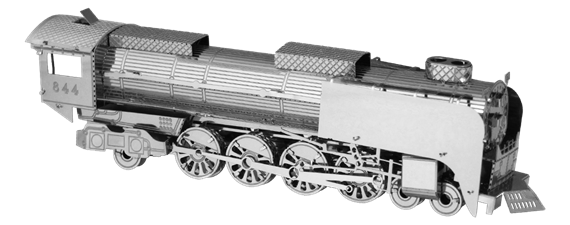
MMS033
STEAM LOCOMOTIVE
2 Sheets
Moderate
The Steam Locomotive is a train that produces its power from a steam engine. The train must carry its water either in the locomotive itself or in an attached car behind the locomotive. The steam is produced by burning coal, wood or oil. Steam engines dominated railway transportation from the early 19th century through the middle of the 20th century.
$0.00
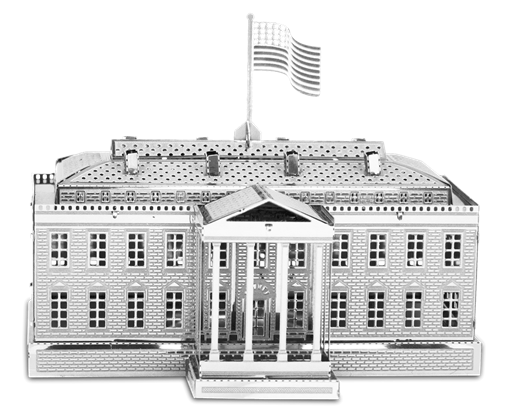
MMS032
WHITE HOUSE
2 Sheets
Moderate
Located at 1600 Pennsylvania Avenue NW in Washington, D.C., the White House is the official residence and principal workplace of the President of the United States. It was designed by Irish-born James Hoban and built between 1792 and 1800 of white-painted Aquia sandstone. During the War of 1812 British troops burned it in retaliation for an earlier burning of Canadian government buildings in York, Ontario, by the United States.
$0.00
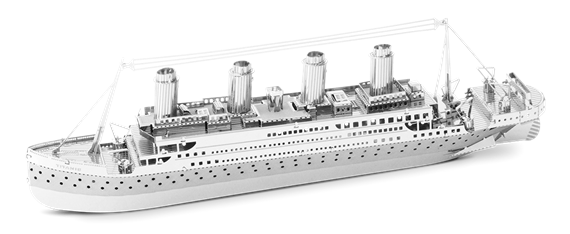
MMS030
TITANIC
2 Sheets
Moderate
The largest ship afloat left Southampton, England, April 10, 1912 on her maiden voyage to New York City. Just five days later at 2:20 am on the morning of April 15th she sank after hitting an iceberg 400 miles off the coast of Nova Scotia. Of the 2,223 people on board, only 710 survived.
$0.00
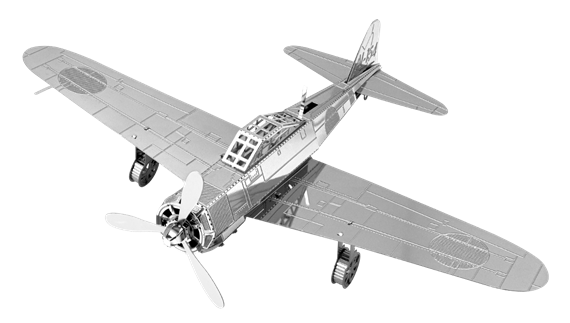
MMS028
MITSUBISHI ZERO
1 Sheet
Moderate
The Mitsubishi Zero is a long-range fighter aircraft operated by the Imperial Japanese Navy Air Service. When first introduced early in World War II, the Zero was considered the most capable carrier-based fighter in the world, combining long range capabilities with excellent maneuverability.
$0.00
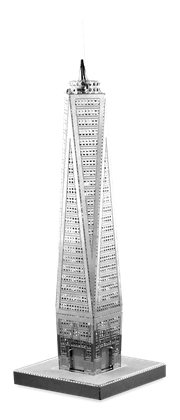
MMS024
ONE WORLD TRADE CENTER
1 Sheet
Easy
The tallest building in the United States and among the tallest in the world with its radio antenna reaching a symbolic height of 1,776 feet in reference to the year of American independence. The building includes office space, an observation deck, world-class restaurants plus broadcast and antennae facilities and stands as a memorial to those who lost their lives September 11th, 2001.
$0.00
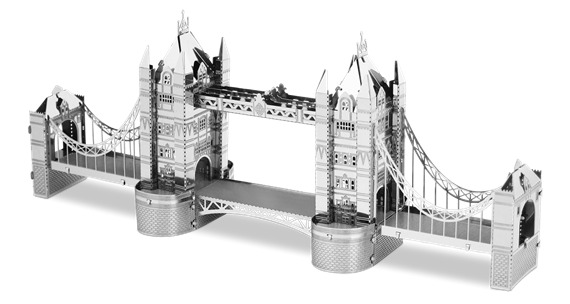
MMS022
LONDON TOWER BRIDGE
2 Sheets
Moderate
London Bridge refers to several bridges that have spanned the River Thames between the City of London and Southwark, in central London. The current crossing, which opened to traffic in 1973, is a box girder bridge constructed from concrete and steel. It replaced a 19th-century stone-arched bridge, which in turn superseded a 600-year-old medieval structure. This was preceded by a succession of timber bridges; the first was built by the Roman founders of London.
$0.00
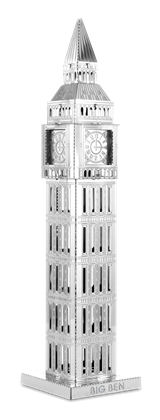
MMS019
BIG BEN TOWER
1 Sheet
Moderate
Big Ben is the nickname for the great bell of the clock at the north end of the Palace of Westminster in London though today the name also refers to the clock and the clock tower. The bell weighs almost 14 tons and each clock face is 23 feet in diameter. It became fully operational on September 7th, 1859 and is today one of the most prominent symbols of London standing at 316 feet high. The clock requires winding three times per week and pennies are periodically added or removed from the clock of pendulum to maintain its accuracy.
$0.00
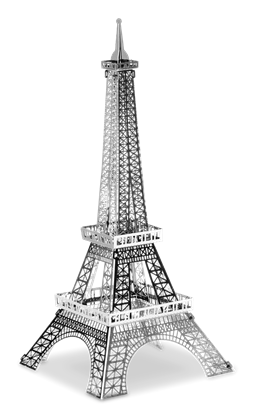
MMS016
EIFFEL TOWER
1 Sheet
Easy
Located on the Champ de Mars in Paris, the Eiffel Tower has become a global icon of France and one of the most recognizable structures in the world. Named after its designer, engineer Gustave Eiffel, the tower was built as the entrance arch to the 1889 World’s Fair and stands at 1,063 feet tall. It was the tallest man-made structure in the world until the Chrysler Building was built in 1930.
$0.00

MMS015E
SPACE SHUTTLE ENDEAVOR
1 Sheet
Moderate
The Space Shuttle Endeavour is one of the retired orbiters of the Space Shuttle program of NASA, the space agency of the United States. Endeavour was the fifth and final spaceworthy NASA space shuttle to be built, and first flew in May 1992 on mission STS-49 and its last mission STS-134 was in May 2011.
$0.00
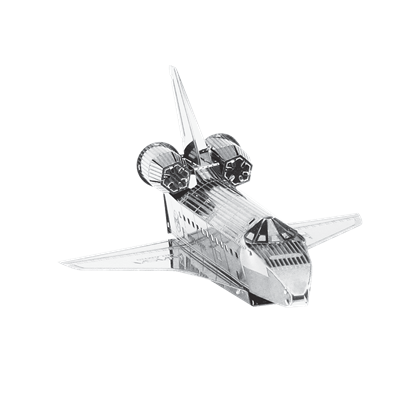
MMS015
SPACE SHUTTLE ATLANTIS
1 Sheet
Moderate
Was the fourth shuttle built and the last one to fly. It was launched on its maiden voyage October 3rd 1985 and landed for the last time on July 12th 2011 at Cape Kennedy. By the end of its last flight, Atlantis had orbited the Earth 4,848 times, traveling nearly 126 million miles.
$0.00
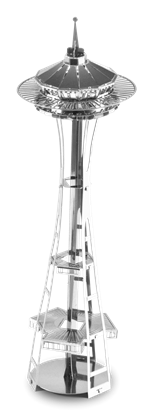
MMS014
SPACE NEEDLE
1 Sheet
Moderate
The Space Needle is a tower in Seattle, Washington. It is a major landmark in the Pacific Northwest region of the United States and a symbol of Seattle. Located at the Seattle Center, it was built for the 1962 World's Fair, during which time nearly 20,000 people a day used the elevators, with over 2.3 million visitors in all for the World Fair. The Space Needle is 605 feet high at its highest point and 138 feet wide at its widest point and weighs 9,550 tons.
$0.00
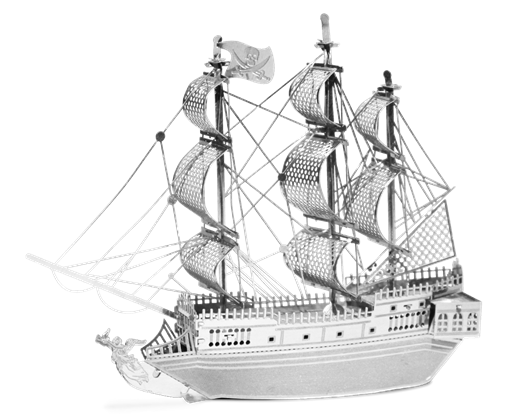
MMS012
BLACK PEARL
2 Sheets
Moderate
There once was a real ship named Black Pearl captained by Henry Morgan, one of the world’s most notorious pirates. The Black Pearl which first sailed in 1669 fought many battles; the most famous of which was an invasion in Panama in 1671. The following year Captain Morgan was put in prison in England. Years later he returned to Jamaica as a judge and governor. Henry Morgan died in England in 1688 after a long illness.
$0.00
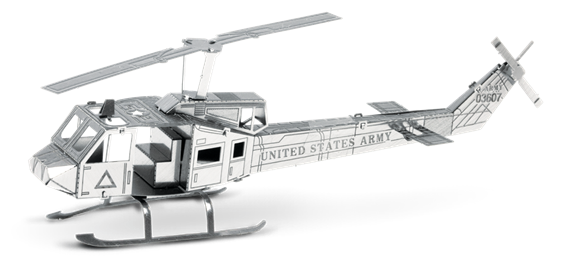
MMS011
HUEY HELICOPTER
1 Sheet
Easy
The most famous helicopter in the world is the Bell UH-1 Iroquois, most commonly referred to as the Huey which first flew in 1956. It earned its fame during the Vietnam War and has been featured in many war movies, including Apocalypse Now and Platoon, as well as in numerous action adventure films.
$0.00
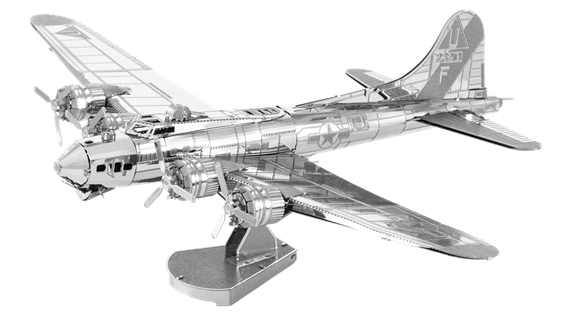
MMS091
B-17 FLYING FORTRESS™
2 Sheets
Moderate
Is a 4-engine heavy bomber used in World War II. It was a potent, high-flying, long-range bomber that was able to defend itself and return home despite extensive battle damage.
$0.00
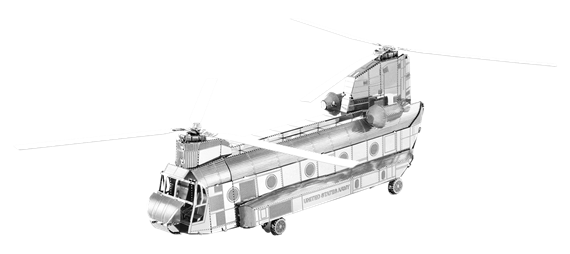
MMS084
CH-47 CHINOOK™
2 Sheets
Moderate
This American tandem rotor, heavy-lift helicopter was first used during the Vietnam War. Powered by two 4,733 horsepower turbo-shaft engines, it has a top speed of 196 mph which made it faster than any other utility and attack helicopter at that time. It remains in production and frontline service, with over 1,200 built to date.
$0.00
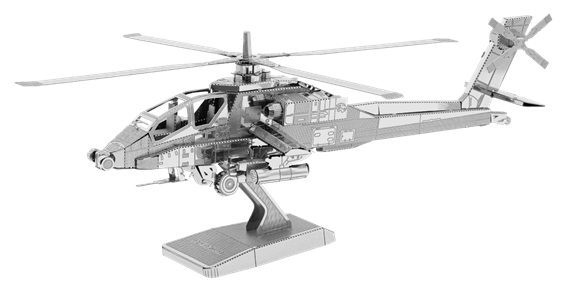
MMS083
AH-64 APACHE™
2 Sheets
Moderate
Originally produced by McDonnell Douglas, this Boeing twin-engine army attack helicopter first entered service with the US Army in 1984. Since then it has become the primary attack helicopter of many nations. More than 2,000 have been produced.
$0.00















